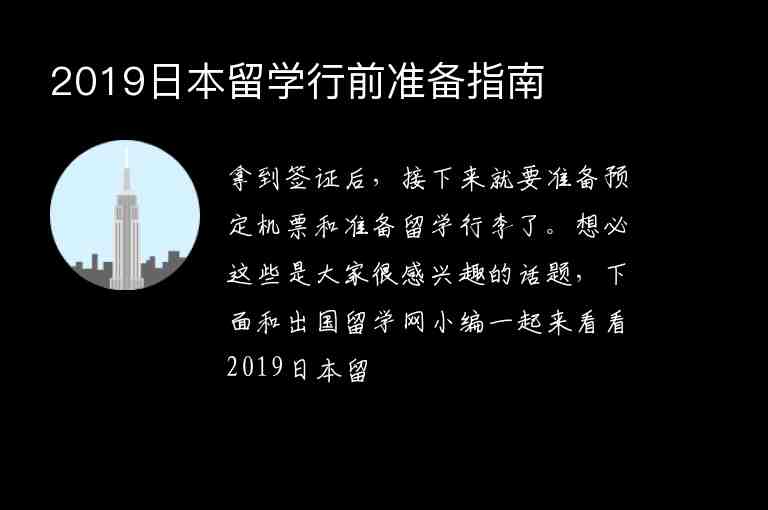前面是指在某一时间、空间或位置上,在某一事物的前部分,或者是指在某一次序中的先前部分。在英文中,前面可以用“in front of”、“before”、“ahead of”等词来表达。
怎么读(音标)
前面的音标为/fɔːnt/。
用法
1. 前面作为副词,表示在某一时间、空间或位置上,在某一事物的前部分。:
- The car in front of us is driving too slowly.(我们前面那辆车开得太慢了。)
- Please sit in front of me.(请坐在我前面。)
2. 前面作为名词,指某一次序中的先前部分。:
- Read the instructions at the front before you start the test.(开始测试之前,请先阅读最前面的说明。)
- There is a park at the front of our school.(我们学校的正门口有一个公园。)
3. 在口语中,还可以把“in front of”缩写为“in front”。:
- Don't stand in front of the TV, I can't see!(别站在电视机前面,我看不见了!)
例句
1. They parked their car in front of the restaurant and went inside to eat.
(他们把车停在餐厅门口,然后进去吃饭。)
2. I always sit in the front row during class so I can see the board clearly.
(上课时我总是坐在最前排,这样我就能清楚地看到黑板。)
3. The answer to the question is on the front page of the newspaper.
(这个问题的答案在报纸的第一页。)
4. The hotel is just in front of the train station, so it's very convenient for travelers.
(这家旅馆就在火车站前面,所以对旅客来说非常方便。)
5. Please wait for me at the front entrance of the building, I'll be there in a minute.
(请在大楼的正门口等我,我一分钟后就到。)
同义词及用法
1. In front of与前面的意思相同,但更常用于口语中。
2. Before也可以表示“在……之前”,但它还有“以前”的意思。:I've never been here before.(我以前从来没来过这里。)
3. Ahead of也可以表示“在……之前”,但更多用于指时间上的先后顺序。
4. At the front通常指靠近物体或建筑物的最前部分,而in front则指离人较近的位置。
5. In advance可以表示提前做某事,也可以指事情发生之前。
编辑总结
在英文中,“in front of”、“before”和“ahead of”都可以表示“前面”的意思,但它们有着细微的区别。同时,“in advance”和“at the front”也可以表示“前面”的含义,但它们更多用于特定的语境中。因此,在使用这些表达时,需要根据具体情况来选择合适的词语。


